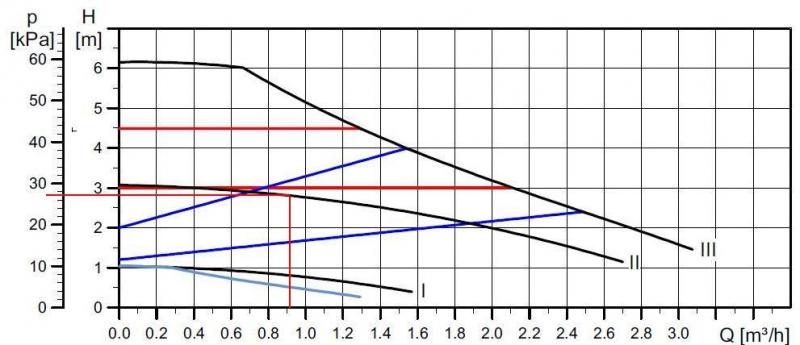Hi all,
I have a 10 year old Boulter Camray 5 (non condensing) and had some plumbing done. All on S Plan. I also had a Alpha 2L pump fitted and are currently trying to set the correct speed for me.
Can anybody tell me what the minimum flow rate through the boiler should be. Instruction does not mention anything.
Thanks.
I have a 10 year old Boulter Camray 5 (non condensing) and had some plumbing done. All on S Plan. I also had a Alpha 2L pump fitted and are currently trying to set the correct speed for me.
Can anybody tell me what the minimum flow rate through the boiler should be. Instruction does not mention anything.
Thanks.


